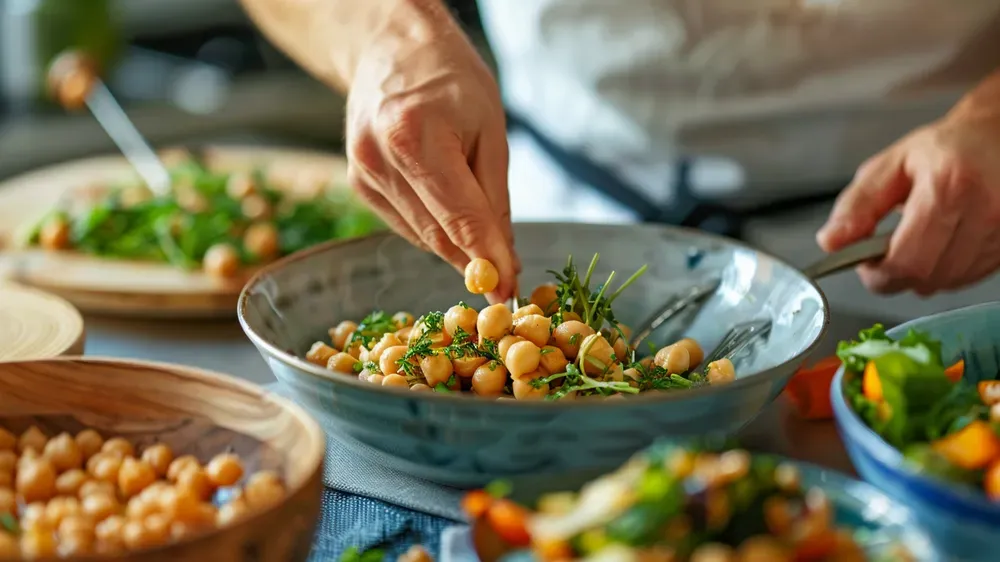Milk tea is typically made from tea, milk, and sugar, and its hallmark lies in the perfect balance between the bitterness of tea and the richness of milk. The method of making milk tea is quite simple: tea leaves (such as black tea, green tea, or oolong tea) are brewed into tea, then milk, cream, or milk powder is added along with sugar or other sweeteners. The combination of tea and milk not only neutralizes the astringency of the tea, making the flavor smoother and milder, but also enhances the overall complexity of the drink with the richness of the milk. The taste of milk tea can vary depending on the type of tea leaves, the source of milk, and the proportion of sugar, with some milk teas being richer and others more refreshing and delicate.

Originally, milk tea was mostly based on black tea or oolong tea, combined with whole milk or creamer, and sweetened to create a rich, aromatic drink. Today, milk tea comes in a wide variety of styles, ranging from classic to creative flavors. Common types of milk tea include:
Bubble Milk Tea (Pearl Milk Tea): The most iconic type of milk tea, which includes small, chewy “pearls” made from tapioca starch. These pearls provide a unique texture and add to the fun of drinking milk tea. Bubble milk tea can be made with different syrups, ingredients, and types of tea bases, offering an endless variety of flavors and combinations.
Pudding Milk Tea: This variation includes pudding in the milk tea, which adds a delicate texture that complements the rich flavor of the milk tea. Pudding milk tea is generally richer than traditional milk tea, making it a great option for those who enjoy desserts.
Coconut Jelly Milk Tea: This type of milk tea includes coconut jelly or coconut milk, giving the drink a light coconut fragrance that is refreshing and tropical. Coconut jelly milk tea is often associated with a fresh, exotic feel, making it especially popular with young people.
Fruit Milk Tea: The combination of milk tea and fruit flavors adds a refreshing twist to the traditional drink. Common fruits used include strawberry, mango, and lemon. These milk teas have a sweet-and-sour fruit taste, which makes them more vibrant and complex than traditional milk tea.
Cheese Tea: A recent innovation, this variety features a thick layer of creamy cheese foam on top of the tea. The cheese foam, usually made from cream, milk powder, and sugar, creates a rich, smooth taste. Unlike traditional milk tea, cheese tea has a more pronounced dairy flavor and a stronger layer of texture.

In addition to these classic milk tea types, many milk tea shops are constantly innovating with new flavors such as brown sugar bubble milk tea, coconut milk tea, and chocolate milk tea, providing consumers with even more choices.
Moreover, the sweetness, ice level, and concentration of the milk tea can be adjusted according to personal preferences. Many milk tea shops offer different sweetness levels (such as full sugar, half sugar, less sugar, or no sugar), allowing customers to customize their drinks based on their taste preferences.
Milk tea is not just a beverage; it has gradually become a cultural phenomenon. Particularly among young people, milk tea has transcended its role as a simple drink and has become a social tool and a symbol of fashion. Many people enjoy going to milk tea shops with friends during leisure time to share a delicious cup of milk tea, and some even wait in long lines just to get a cup, enjoying the experience. With the widespread use of social media, milk tea has also become a “trending” drink, with many milk tea shops attracting customers through innovative flavors and unique visual designs. Some shops even release limited edition or seasonal products, which become highly sought-after by young people.
Milk tea is a creative and diverse drink, from the earliest classic versions to the wide array of innovative flavors today. It meets the varying needs of consumers for taste, visual appeal, and social experiences. As a beverage culture, milk tea has become a global phenomenon, especially among young people. It is no longer just a drink to quench thirst; it has become a lifestyle and a cultural symbol.





